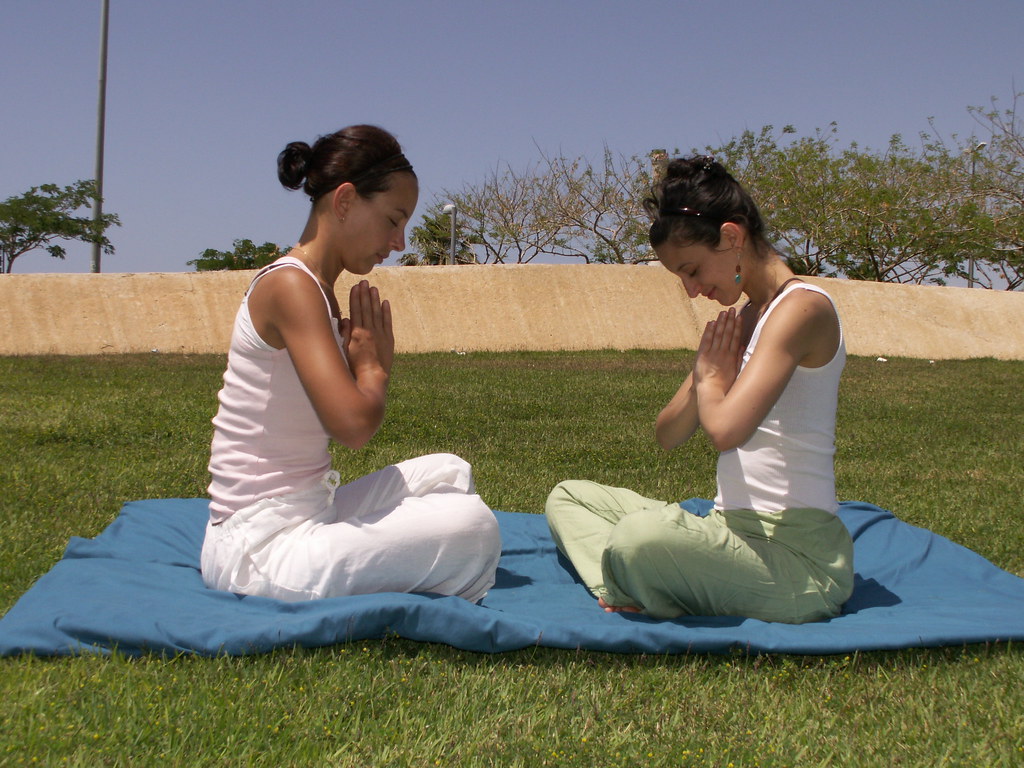One among the Yamas in Satya Yoga, or living in a state based on truth. It directly translates to “truthfulness.” Satya implies becoming honest with ourselves about our emotions, thoughts, including speech. It entails being truthful to ourselves as well as others.
In this post, we’ll look at one of yoga’s most fundamental principles: Satya, that is part of the mandatory Yama & Niyama. Satya is a well-known principle that encapsulates virtue.
Satya can be seen as a kind of divine respect throughout the Vedas, whereas lying is seen as a kind of sin. It is defined in the Upanishads as both a means to and a manifestation of Brahman.

Truth is the core of the Vedas,” according to the Mahabharata’s Shanti Parva. Even if people with terrible intentions accept among themselves, it is argued. That there must be no deceit between them, because if there is, both are doomed.
The Theory Of Satya
The Satya rule enables one to progress on the journey of self-improvement without encountering any roadblocks. While its infringement creates roadblocks in the form of stones that obstruct the movement of a channel. Modern realities draw us into an illusionary kaleidoscope of “new” realities & “essential” targets set by a secular nation that openly interprets the meaning of good based on the circumstances. So, much like a tree without roots loses its leaves. A person who isn’t loaded with honesty is inadequate to endure the air’s gusty winds and rise to meet the Sun.
What Exactly Is Satyagraha?
Satyagraha, or nonviolent resistance, is a Mahatma Gandhi philosophy that practically means “keeping in the facts.” The goal is to manipulate the opponent via his wisdom and conscience, and then to turn the enemy into an ally through spiritual development. Without forceful opposition, simply by refusing to engage in actions that were contrary to the facts. The British-imposed regime suffered major defeats, forcing them to withdraw.
Sathya Yoga: Details
Since exercises, pranayamas, as well as other yoga tools are continuations of the previous concepts, a yoga student “in essence” often practises Satya Yoga. Are we able to see the world as it is, without the encumbrances of defilement and the resulting regrets and frustrations? Any adversity may be misconstrued as a blunder, misunderstanding, or a misnomer for something genuine.

By following these instructions, you will literally master the theory of satya:
- Avoid lying with yourself or promising things with yourself that you won’t maintain. But make a commitment to yourself every day and keep it (for eg, right now, do exercises and workout “Boat”);
- Accept yourself fully, and accept others as they are; once you’ve accepted yourself, you’ll be able to understand their motivations and why they act the way they do.
- Keep your emotions, opinions, and behaviours true to yourself.
- And don’t criticise others if they don’t (acknowledge them as they can be).
- Only if a lie is no longer a part of your awareness can you encourage others to live honestly.
- Meditation helps you to broaden your consciousness while simultaneously enhancing and improving it.
- Be mindful of your body movements, and keep a close eye on your breathing as much as possible a heavy emphasis on kinesthetics and sound
- Yoga is primarily practised as a red line in nature.
By Practising this satya yoga we can maintain our physical level, energy level, and also emotional mental level of our minds.



